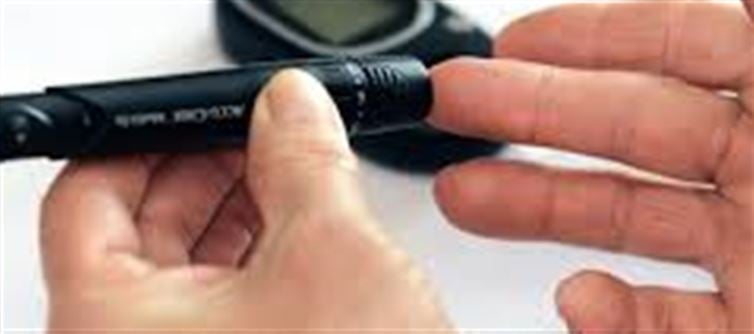
Navratri is more than just nine days of devotion—it’s also a time of discipline, prayer, and cultural celebration. For many, fasting is an integral part of this tradition. But for people with diabetes or hypertension, fasting without preparation can be risky.
Dr. akash Shah, Vice President-Technical at Neuberg Diagnostics, stresses that while fasting is possible, it needs planning, medical guidance, and smart choices. Here’s how to do it safely.
1. Consult Your doctor First – Don’t Go Solo
Before deciding to fast, talk to your healthcare provider. Even small tweaks in medication timing can make a huge difference. For example, shifting an insulin shot by a few hours or adjusting your blood pressure pill schedule might prevent dangerous sugar drops or spikes.
👉 Takeaway: Never self-experiment; get a medical go-ahead.
2. Break the Fast with Smarter Foods
Festive temptations like fried pakoras, sweets, or sugary drinks can cause sudden sugar spikes. Instead, choose foods that release energy slowly:
Whole grains, lentils, beans, lean proteins for steady stamina.
Potassium-rich foods like bananas, spinach, or tender coconut water to balance blood pressure.
Avoid too much salt, chips, or packaged snacks that destabilize sugar and BP.
👉 Takeaway: Treat your “first meal” as medicine for your body, not a celebration binge.
3. Hydration Is Your Best Shield
If you are keeping Nirjala Vrat (without water), dehydration can seriously strain your heart and kidneys. During non-fasting hours:
Sip water steadily instead of gulping large amounts.
Add oral rehydration salts (ORS) if prone to dehydration.
Limit tea, coffee, and cola—they dehydrate more than they refresh.
👉 Takeaway: Hydrate wisely when you can, because dehydration silently worsens both diabetes and hypertension.
4. Keep an Eye on Your Vitals
A glucometer and BP monitor can be life-saving during fasting.
Sugar below 70 mg/dL or bp under 90 systolic means you should stop fasting immediately.
Symptoms like dizziness, sweating, palpitations, or blurred vision are already late warning signs.
👉 Takeaway: Don’t wait for your body to shout—track early signals.
5. Get Tested Before Navratri
Pre-fasting tests ensure your body can handle the challenge.
Blood glucose & HbA1c for sugar control.
Electrolytes (sodium, potassium, chloride) if you’re on water tablets.
Kidney health (serum creatinine, GFR, urine microalbumin) to check filtration capacity.
24-hour bp monitoring or Continuous Glucose Monitoring (CGM) for high-risk cases.
👉 Takeaway: Know your health numbers before you commit to fasting.
✨ Final Word: navratri fasting is possible for people with diabetes and hypertension—but only with doctor guidance, proper hydration, mindful food choices, and regular monitoring. This way, your devotion won’t compromise your health.
Disclaimer:
The views and opinions expressed in this article are those of the author and do not necessarily reflect the official policy or position of any agency, organization, employer, or company. All information provided is for general informational purposes only. While every effort has been made to ensure accuracy, we make no representations or warranties of any kind, express or implied, about the completeness, reliability, or suitability of the information contained herein. Readers are advised to verify facts and seek professional advice where necessary. Any reliance placed on such information is strictly at the reader’s own risk.
.jpg)




 click and follow Indiaherald WhatsApp channel
click and follow Indiaherald WhatsApp channel